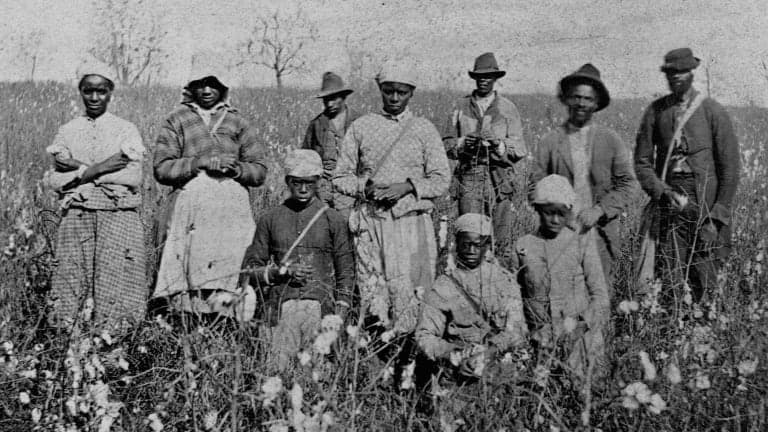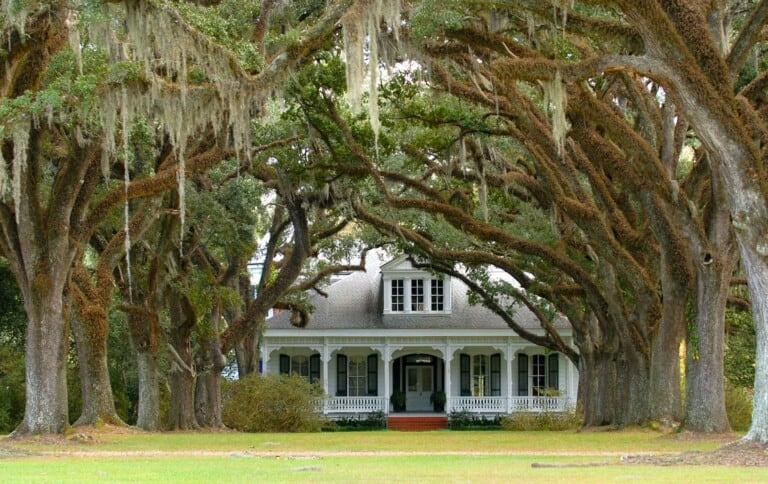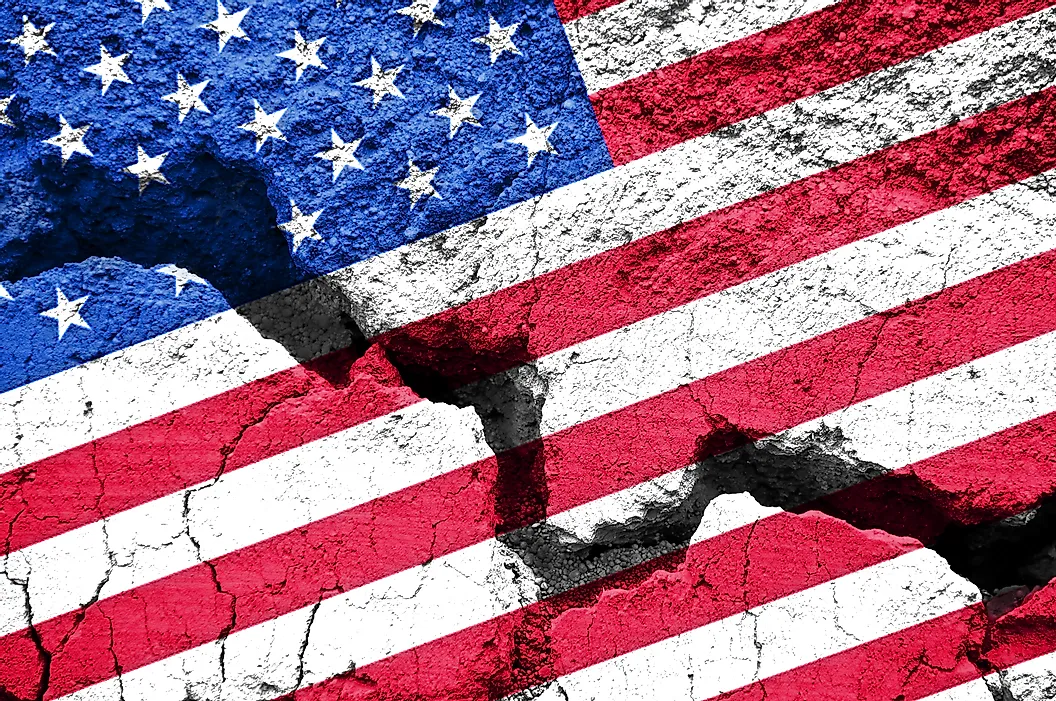Introduction
The American Civil War resolved 2 important questions that had not been addressed by the Founding Fathers:
- the question of sovereignty and the place of the States in the Union
- the question derived from the conflict about the constitutional protection of slavery
With the collapse of the Confederacy, the Government confronted the difficult issue related to the readmission of the seceding States and the citizenship of former slaves.
A new phase
On April 13th, 1865, President Lincoln and his wife went to Ford Theater in Washington to see the play called Our American Cousin.
At 10:30, the president was shot in the back in the dark. A man, named Booth, jumped onto the stage and shouted “Sic semper tyrannis“. He was captured a few days later. Lincoln died the following day.
Lincoln was succeeded by his vice-president Andrew Johnson. The biggest problem Johnson faced was how to deal with the defeated South.
A few weeks before, Lincoln had asked the Americans to “bind up the nation’s wounds” and rebuild their homeland.
Lincoln blamed individual Southern leaders for the war, rather than the people of the seceding states. He intended to punish only these guilty individuals and leave the rest of the South’s people alone.
Johnson introduced plans to reunite the nation. As soon as the leaders of the South were loyal to the US government, they could elect new state assemblies to run their states.




